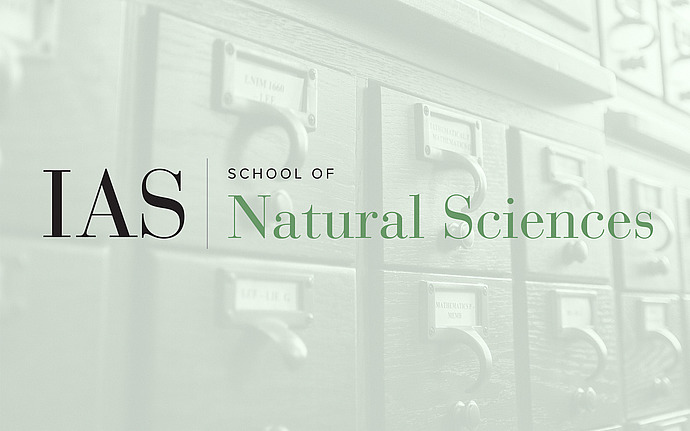
Institute for Advanced Study / Princeton University Joint Astrophysics Colloquium
How to Form a Habitable Planet
Planets form from disks of dust and gas surrounding young stars. As they grow, these new planets inherit their chemical composition from the surrounding material and then sculpt it through gravitational interactions to form gaps and other asymmetric structures. In the last decade, the Atacama Large Millimeter/submillimeter Array (ALMA) has revolutionized our ability to study planet formation, allowing us to examine this process in high resolution. I will present highlights from ongoing work using ALMA and other facilities that explores how planetary systems form and evolve by (1) connecting disk structure to sculpting planets and (2) understanding the impact of stellar flares on planetary habitability. Together these results provide an exciting foundation to investigate the evolution of planetary systems as a whole through multi-wavelength observations. In the future, new facilities, specifically in the far-infrared, will help complete our understanding by tracing the chemistry of water and other volatiles critical for life.
Date & Time
Location
Wolfensohn HallSpeakers
Affiliation
Event Series
Categories
Notes
10:30am Coffee and danishes provided in Bloomberg Hall.
11:00am Lecture, Wolfensohn Hall